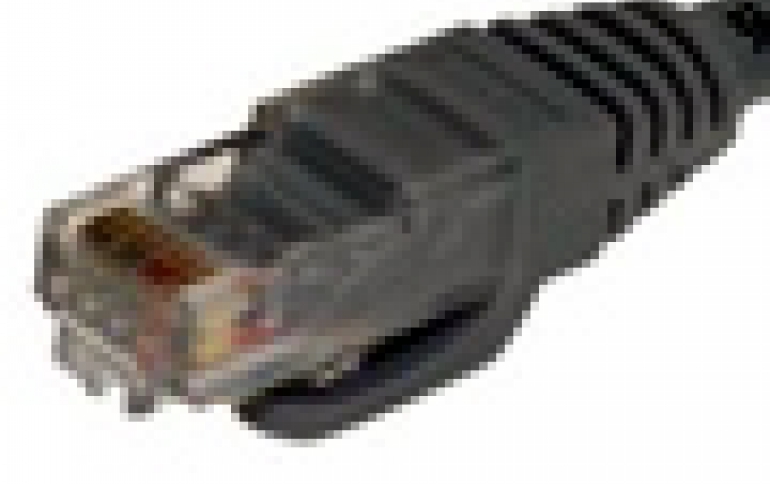
Industry Consortium to Bring 25 and 50 Gigabit Ethernet to Cloud-Scale Networks
Arista Networks, Broadcom, Google, Mellanox and Microsoft collaborate on new Ethernet specification to drive greater performance in future data centers. The companies joined the 25 Gigabit Ethernet Consortium and announced the availability of a specification optimized to allow data center networks to run over a 25 or 50 Gigabit per second (Gbps) Ethernet link protocol. This new specification will enable the cost-efficient scaling of network bandwidth delivered to server and storage endpoints in next-generation cloud infrastructure, where workloads are expected to surpass the capacity of 10 or 40 Gbps Ethernet links deployed today.
The 25 Gigabit Ethernet Consortium was formed in order to support an industry-standard, interoperable Ethernet specification that boosts the performance and slashes the interconnect cost per Gbps between the server Network Interface Controller (NIC) and Top-of-Rack (ToR) switch. The specification adopted by the Consortium prescribes a single-lane 25 Gbps Ethernet and dual-lane 50 Gbps Ethernet link protocol, enabling up to 2.5X higher performance per physical lane or twinax copper wire between the rack endpoint and switch compared to current 10 Gbps and 40 Gbps Ethernet links. The new specification is being made available royalty-free by the Consortium members to any data center ecosystem vendor or consumer who joins the Consortium.
By deploying 25 and 50 Gbps Ethernet in their networks, builders of mega-scale data centers such as Microsoft expect to achieve operational advantages, including reduced CapEx and OpEx.
The companies' motivation for founding the Consortium is to set an industry standard definition of the 25 Gbps and 50 Gbps Ethernet physical layer (PHY) and media access control layer (MAC) behavior, including virtual lane alignment, autonegotiation, and forward error correction characteristics, to enable the swift rollout of 25 Gbps and 50 Gbps Ethernet compliant implementations over the next 12 to 18 months through the participation of multiple semiconductor, networking equipment and interconnect vendors in the Consortium.













